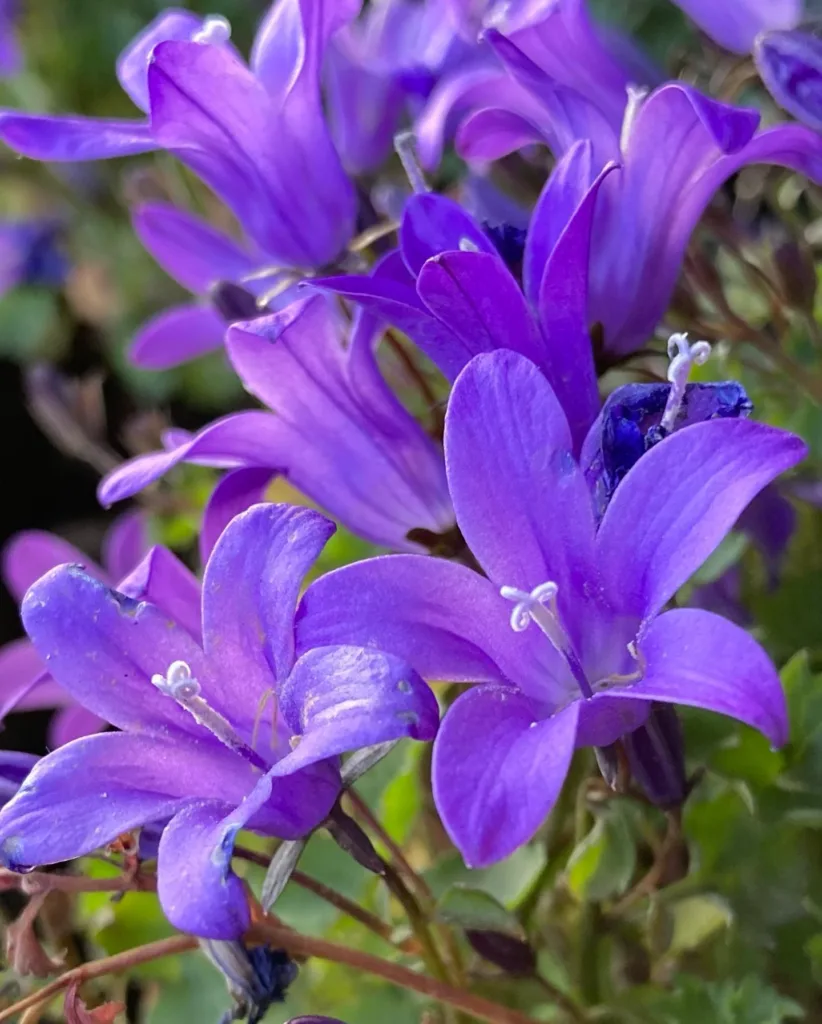
March 25 – Cucurbita
"Cucurbita, the versatile squash plant, represents March 25."
Cucurbita symbolizes abundance and creativity. You are generous and resourceful, finding innovative ways to share your gifts with others.
My Fascination with Cucurbita
The world of plants has always captivated me, but there’s a particular genus that holds a special place in my heart: Cucurbita from the Cucurbitaceae family. Maybe it’s the sheer diversity of shapes, sizes, and colors, or perhaps it’s the way these plants seem to embody the abundance of nature. Whatever the reason, I find myself drawn to these fascinating members of the gourd family.
Cucurbita is a genus of herbaceous vines native to the Americas. While we often think of them as vegetables, they are botanically fruits – the mature ovaries of flowering plants, containing seeds. This genus boasts some of the most recognizable and widely cultivated plants in the world, providing sustenance and enjoyment to people across the globe.
A Diverse Family
The Cucurbita genus encompasses a variety of species, each with its own unique characteristics and uses. Here are:
- Cucurbita argyrosperma: Also known as cushaw squash, this species is prized for its sweet, nutty flavor and is often used in pies and other desserts. Plant FAQs: Cucurbita Argyrosperma – Silver Seedeed Squash – Calabaza de Castilla
- Cucurbita ficifolia: The fig-leaf gourd, with its distinctive lobed leaves, produces large, watermelon-like fruits that can be eaten when young or mature. Plant FAQs: Cucurbita Ficifolia
- Cucurbita maxima: This species includes many popular varieties of winter squash, such as butternut squash, Hubbard squash, and kabocha squash. Plant FAQs: Cucurbita Maxima
- Cucurbita moschata: This species is known for its versatility and includes varieties like butternut squash (again!), pumpkin, and crookneck squash. Plant FAQs: Cucurbita Moschata
- Cucurbita pepo: Perhaps the most diverse species, C. pepo encompasses summer squash (like zucchini and yellow squash), pumpkins, and many ornamental gourds. Plant FAQs: Cucurbita Pepo
- Cucurbita andreana Naudin
- Cucurbita cordata S.Watson
- Cucurbita cylindrata L.H.Bailey
- Cucurbita digitata A.Gray
- Cucurbita ecuadorensis Cutler & Whitaker
- Cucurbita foetidissima Kunth Plant FAQs: Cucurbita Foetidissima – Fetid Squash – Stinking Gourd
- Cucurbita galeottii Cogn.
- Cucurbita lundelliana L.H.Bailey
- Cucurbita melopepo L.
- Cucurbita okeechobeensis (Small) L.H.Bailey
- Cucurbita palmata S.Watson Plant FAQs: Cucurbita Palmata – Indian Squash – Pumpkin Squash
- Cucurbita pedatifolia L.H.Bailey
- Cucurbita radicans Naudin
- Cucurbita × scabridifolia L.H.Bailey
More Than Just Food
While Cucurbita species are primarily cultivated for their edible fruits, they also offer a range of other uses. The seeds of many species, for example, are roasted and enjoyed as a snack or used to produce oil. The hard shells of gourds can be dried and used to create bowls, utensils, and even musical instruments. And of course, the vibrant colors and unique shapes of many Cucurbita fruits make them popular for autumnal decorations.
A Gardener’s Delight
As an avid gardener, I find immense satisfaction in cultivating Cucurbita plants. They are relatively easy to grow, requiring ample sunlight, well-drained soil, and consistent watering. I love watching the vines sprawl across my garden, their large leaves providing shade and a sense of lushness. And when the fruits begin to appear, it’s like witnessing a miracle unfold.
A Symbol of Abundance
For me, Cucurbita represents the abundance and generosity of nature. These plants provide us with nourishment, beauty, and a connection to the earth. They remind me of the cycles of life and the importance of appreciating the gifts that nature provides.
Whether I’m savoring a slice of pumpkin pie, admiring the intricate patterns on a gourd, or simply watching my garden grow, I am filled with a sense of gratitude for the wonderful world of Cucurbita.
If i die, water my plants!



